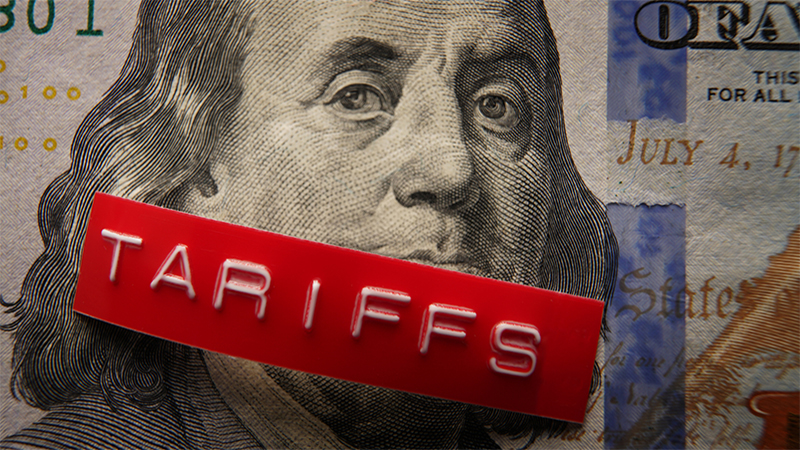With inflation still way below the central bank’s 2% target there’s broad agreement that something needs to be done, but what exactly? Thursday’s monetary policy meeting could lead to a cut of the main policy rate, slashing of the deposit rate, or even outright quantitative easing still European equities have traded down so far this week.
As far as some fund managers are concerned, there’s little for investors to fear at least in the long term, while a long-term fix to the eurozone’s structural problems also remains elusive.
“I can’t quite see what the ECB can do that is really going to make that much difference at this point in time,” says David Moss, F&C’s head of European equities.
“Even if they buy bonds, it’s clear sovereigns don’t have a problem funding themselves, and we’ve seen that with the fact that yields are coming down everywhere. I’m not quite sure what generalised QE adds in that respect.
Demand a problem
“There is a lot of talk they’ll try and do something to restart the transmission mechanism in terms of lending to SMEs, which could be quite helpful, although most of the banks tell us that the problem is demand not supply. A lot of these banks are full of liquidity and if they could find attractive lending opportunities they would, but the demand just isn’t there at the moment.”
This scepticism is shared by his F&C colleague, chief economist Steven Bell: “In summary, the ECB is set to cut rates, add liquidity and ease credit. So should we expect the euro to tumble, bonds to rally and equities to jump in Europe? I think not.
“The moves by the ECB have been widely trailed and markets are fully positioned. Moreover, once the announcements have been made, the market may begin to ponder on how effective they will be. European rates are already very low; the scope to push them down further is limited.”
A negative spiral?
That Draghi himself has already warned against “a negative spiral to take hold to take hold between low inflation, falling inflation expectations and credit” means markets may already be expecting big change, but whether policy is credible or not is another matter.
For Guy Stephens, director at Rowan Dartington, Europe needs something dramatic as has occurred in Japan, not “technical tinkering at the edges of the wholesale banking system”.
“Broad-based Quantitative Easing would be more like it but the political will and German support is weak,” he says.
“There are strong parallels between the route the ECB is sleepwalking into and that of Japan in the 90's. Talk of a lost decade in Europe would be blasphemy in Brussels but we are almost six years post-crunch with no sign of recovering confidence or substantive growth.”










